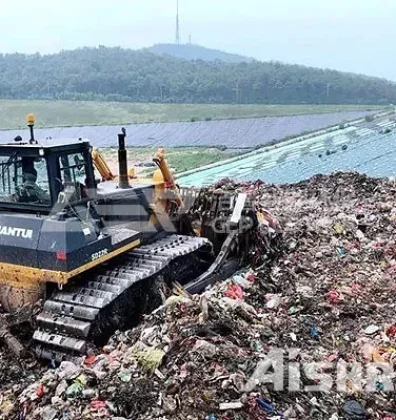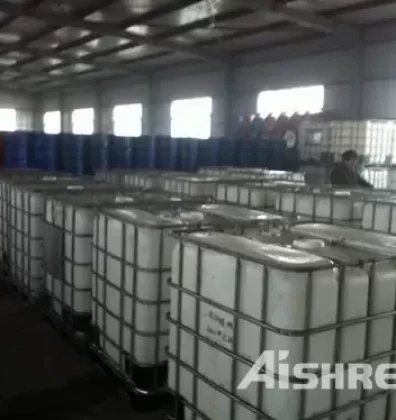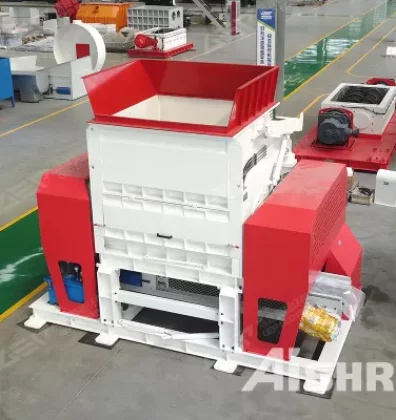With the improvement of people's living and consumption, the use cycle of textiles is becoming shorter and shorter, and the recovery, treatment and utilization of waste textiles have reached a point that cannot be ignored. AISHRED focuses on solid waste crushing equipment, and has its own unique disposal plan for the recycling and reuse of various solid waste, including waste textiles. Now let's briefly discuss the recycling methods of waste textiles.
Sources of Textile Wastes
The so-called waste textile mainly refers to the waste short fiber, waste yarn, silk return, leftover material, etc., as well as the waste textile clothing and its products produced in the production process. Waste textiles mainly come from two aspects: one is from production enterprises, which will produce waste staple fiber, waste yarn, silk return, waste cloth noil, etc. in various processes of spinning, weaving and finished product production and processing. On the other hand, it comes from discarded textiles in daily life, such as old clothes, bedding, towels, carpets, etc.
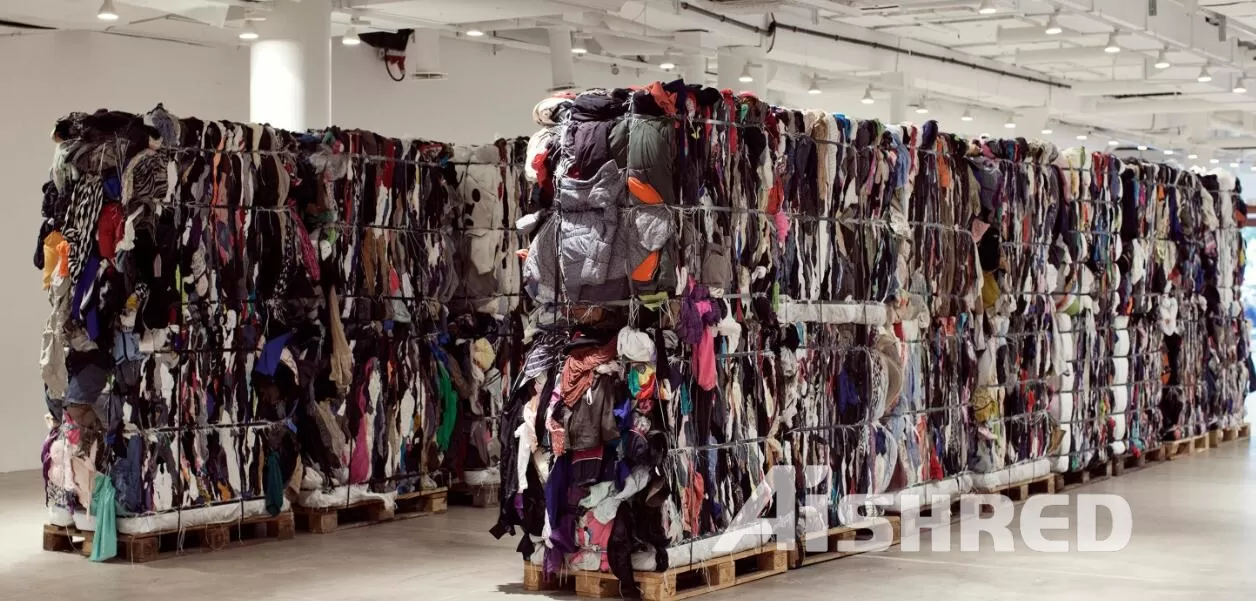
Recovery and Pretreatment of Textile Wastes
Cleaning
Before reusing waste textiles, they should be pre-washed, rinsed, dried and disinfected. In this process, an important influence factor is the water treatment and circulation system. The commonly used disinfection methods include ultraviolet disinfection and steam disinfection.
Fiber separation
Most of the recycled waste textiles contain a variety of fiber components, so fiber separation should be carried out before processing and utilization. The most common textile is made of polyester fiber and cotton fiber. We can use the method of decomposing polyester and filtering cotton fiber; Or the cotton fiber can be degraded by viscose method, cuprammonia method and acid, and then the polyester fiber can be filtered to separate the cotton fiber. For a variety of synthetic fiber blended fabrics, they can be crushed into water and then separated by centrifuge.
Recycling Method of Waste Textiles
- Zero-level recycling: The recycled waste textiles are washed and repaired and sold into the second-hand clothing market, thus flowing into rural or remote areas.
- Primary recycling: For the waste, waste silk and unused leftovers produced in production, these wastes are relatively clean. In order to improve the performance of these wastes, they are often mixed with new materials to make new textile materials.
- Energy recovery: Chemical fibers with high calorific value in waste textiles are converted into heat through incineration for recycling and reuse of thermal power generation.
- Physical recovery: Decompose or shred textiles with mechanical assistance, without damaging the chemical structure of polyester and changing its composition. Collect, classify, purify, dry and add necessary additives for processing, and then reuse them for textile production.
- Chemical recovery: Use chemical methods to degrade or decompose the materials in waste textiles, re-polymerize them into polymers, and use them to prepare regenerated fibers, or use small molecules of degradation products for non-textile materials.
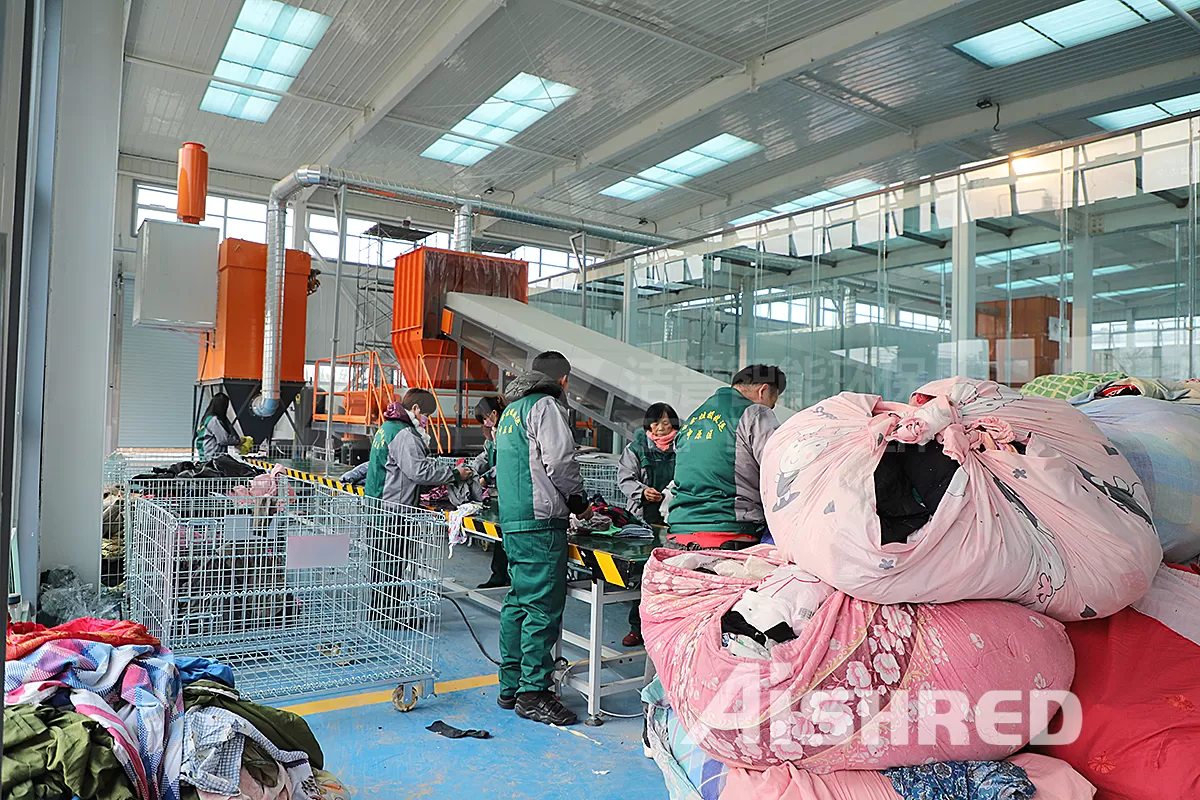
Have you solved your puzzles after reading the above methods of recycling and treating waste textiles? If you are interested in the recycling of waste textiles, you can contact AISHRED at any time. We will do our best to provide a suitable solution to you.


